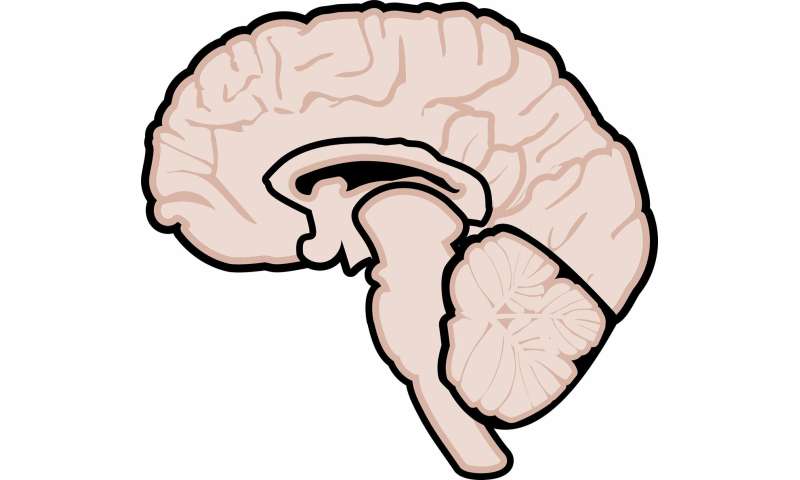

Up to 60 percent of patients with multiple sclerosis (MS) report that fatigue is the disease’s most debilitating symptom. And yet, fatigue remains one of MS’s mysteries—despite its prevalence and significance, the root cause of the symptom remains unclear. In a study published in Neurology Neuroimmunology & Neuroinflammation, investigators from Brigham and Women’s Hospital used positron emission technology (PET) imaging to look for brain’s immune cells that may become erroneously activated in MS, leading to fatigue. The team describes a potential link to brain inflammation that may help explain the connection between MS and fatigue.
“Fatigue correlates poorly with the conventional markers of multiple sclerosis—the brain lesions we see using magnetic resonance imaging (MRI) don’t associate well with fatigue,” said corresponding author Tarun Singhal, MD, a neurologist and nuclear medicine physician in the Department of Neurology and director of the PET Imaging Program in Neurologic Diseases at the Ann Romney Center for Neurologic Diseases at Brigham and Women’s Hospital. “So we went searching for a hidden pathology; something that has gone undetected until now in the context of fatigue in MS.”
Singhal and colleagues used a second-generation radioligand known as [F-18]PBR06 to conduct PET imaging. Singhal describes this tracer as a “radiolabel detective” that can snoop for clues. Once injected, the tracer travels to the brain, binds to abnormally activated immune cells called microglia (and to some extent, additionally, to other immune and support cells called astrocytes) and emits gamma rays that can be picked up by a scanner.
The team performed PET scans on 12 MS patients and 10 healthy controls, finding strong correlations between MS patients’ self-reported fatigue risk scores and activation of immune cells in very specific regions of the brain. These regions included the substantia nigra—which translates literally to “the dark substance.” The substantia nigra is the site where dopamine is produced (dopaminergic neurons appear darker on pathology, giving the region its name). Dopamine plays many roles in the body and is required for stimulating attention and wakefulness patterns in the brain. Several additional areas of the brain also correlated significantly with fatigue scores, but there was no association between fatigue scores and brain atrophy and lesion load in MS patients.
The researchers note that given the study’s small sample size, additional study is needed to validate their findings.
Source: Read Full Article